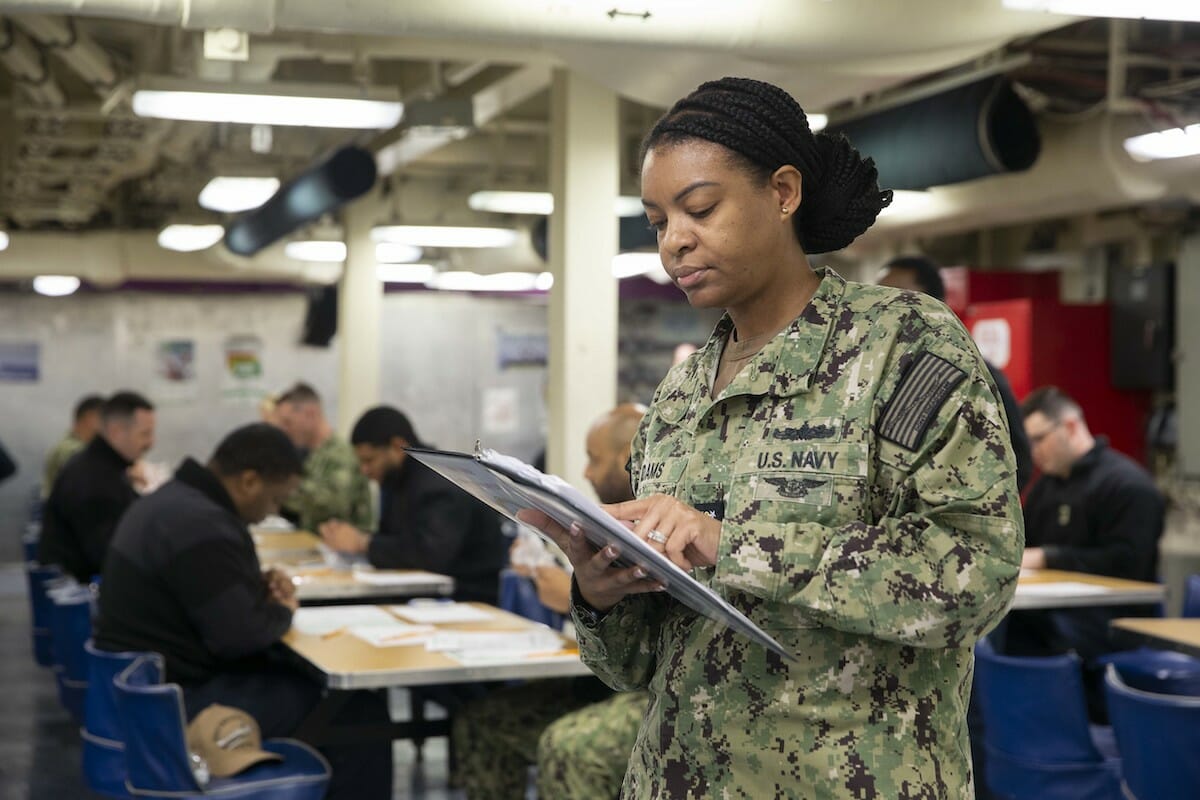A gusting wind is ripping through our backyard magnolia trees Saturday morning. Previous wind, in the form of two hurricanes and a tornado, surgically removed six oak trees.
The loss of these trees was sad. However, the loss of trees reliably brought out a dozen friends toting their well-oiled, right-out-of-the box Stihl MS-250 chainsaws. Our hearth, which provides a small fire this morning, has the neatly split remnants of these unhappy wind events.
Yesterday’s Wall Street Journal reviewed a book by Robin Dunbar called “Friends” (Little Brown UK, 404 pages, $27.99). Dunbar, a professor of psychology at Oxford, gives us a quantitative, 404-page analysis of friendship beginning with baboons and extrapolating into homo sapiens.
Several years ago Robert Putnam’s “Bowling Alone” convinced me that friends and friendships were an endangered species. Putnam’s basic thesis is we don’t congregate that much any more.
But Dunbar says our friends are contained in concentric circles that surround each of us. The first of these circles consists of five people or less who will give us instant, no-strings-attached help when misfortune drops into our lives. One thinks of divorce, bankruptcy, bail, or the friend you call right after you sever a finger with your brand-new 42cc, two-cycle Poulan chainsaw.
Then Dunbar moves to a second circle of about 15 people. These are people you invite over for cocktails, or those you meet at Saltus for drinks on Friday night. Dunbar calls this group the “sympathy group.”
After the “sympathy group” we expand out into 50 folks who, presumably, you would invite to your daughter’s wedding and who would probably show up for your funeral. His third circle is called the “good friends” circle.
These circles continue on until you reach 500 people or so. This last group would be all of one’s social and professional friends that were once were carefully inserted into a Rolodex Classic — an antediluvian device that is still, incredibly, available (at $44.49) at Staples.
The book reviewer, Susan Pinker, writes (and I must admit, here, that I have not read Dunbar’s book) “that friendships need to be lubricated by interacting in person …” Dunbar quantifies this personal interaction writing that we give 40 percent of our lubricating time to the five people sitting in that innermost ring.
We all know that the lubricating part of these relationships is the hardest part. We know that one must pick up the phone and call saying, “Let me buy you a Blue Moon after work, … say Breakwater at 5:30?”
And, we know, the recipient of that call must say, “Yes”, if the friendship is to survive.
But lubrication is more difficult than meeting for a drink after work. One must be prepared to talk about topics of mutual concern and, importantly, to listen to one’s companion being reasonably responsive to what that person is saying.
Women understand this dynamic and men, by and large, do not understand the receive and respond function. A man who has just been disbarred, or told by his oncologist that he should update his Last Will and Testament will sidestep this two-way conversation in favor of an in-depth monologue about Tom Brady’s retirement. Women will go straight to their mammograms and blood chemistry while men grudgingly exchange insight about the subtle differences between gasoline and battery-powered leaf blowing machines.
Men are programmed at a young age to project success, confidence and athletic ability. They are rewarded for a hitting a baseball 400 feet; or catching a football and running 50 yards. They are not rewarded or in any way praised for dropping that pass or striking out. They are rewarded for winning.
And so, when asked, men will routinely say, “I’m fine.”
Women learned, early on, that life was messy and often unhappy and there was a certain comfort in saying so to another woman.
They were taught that to be “vulnerable” was not a sign of weakness, rather it was a kind of courage. And many female friendships are based upon candor and honesty and a compassion for their friends who need help.
Although I haven’t (yet) read Dunbar’s book, I don’t think he gets into these gender distinctions. He talks about these ever-growing circles — and that kind of descriptor is fine. But the real glue is vulnerability and candor and having a few friends who own the Husqvarna 460 Rancher with its 24-inch-long bar for the really big stuff.
Scott Graber is a lawyer, novelist, veteran columnist and longtime resident of Port Royal. He can be reached at cscottgraber@gmail.com.







